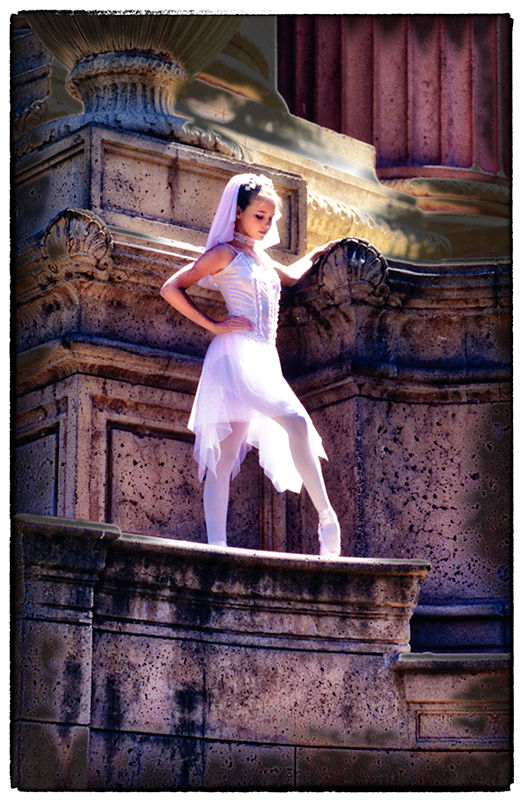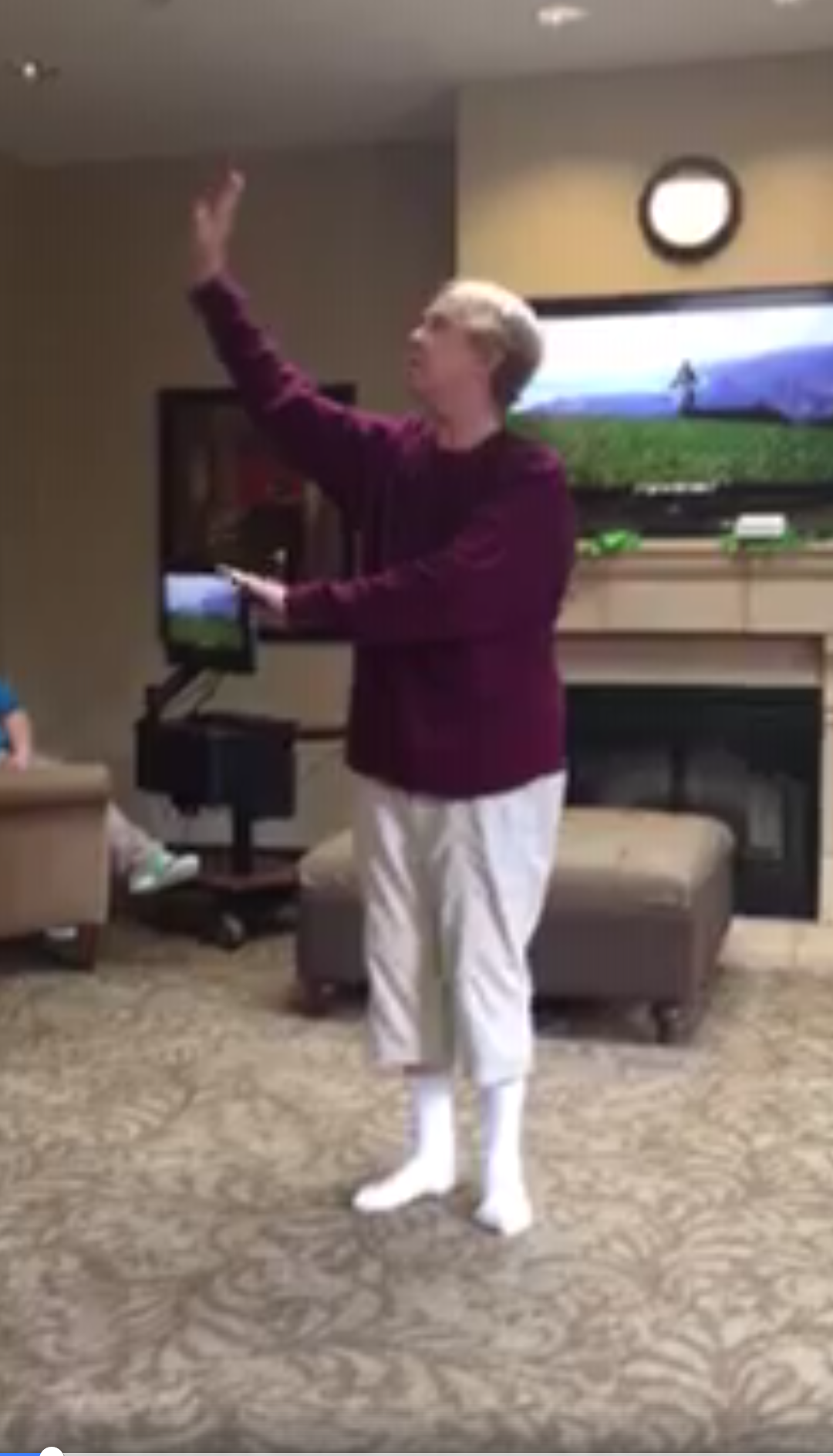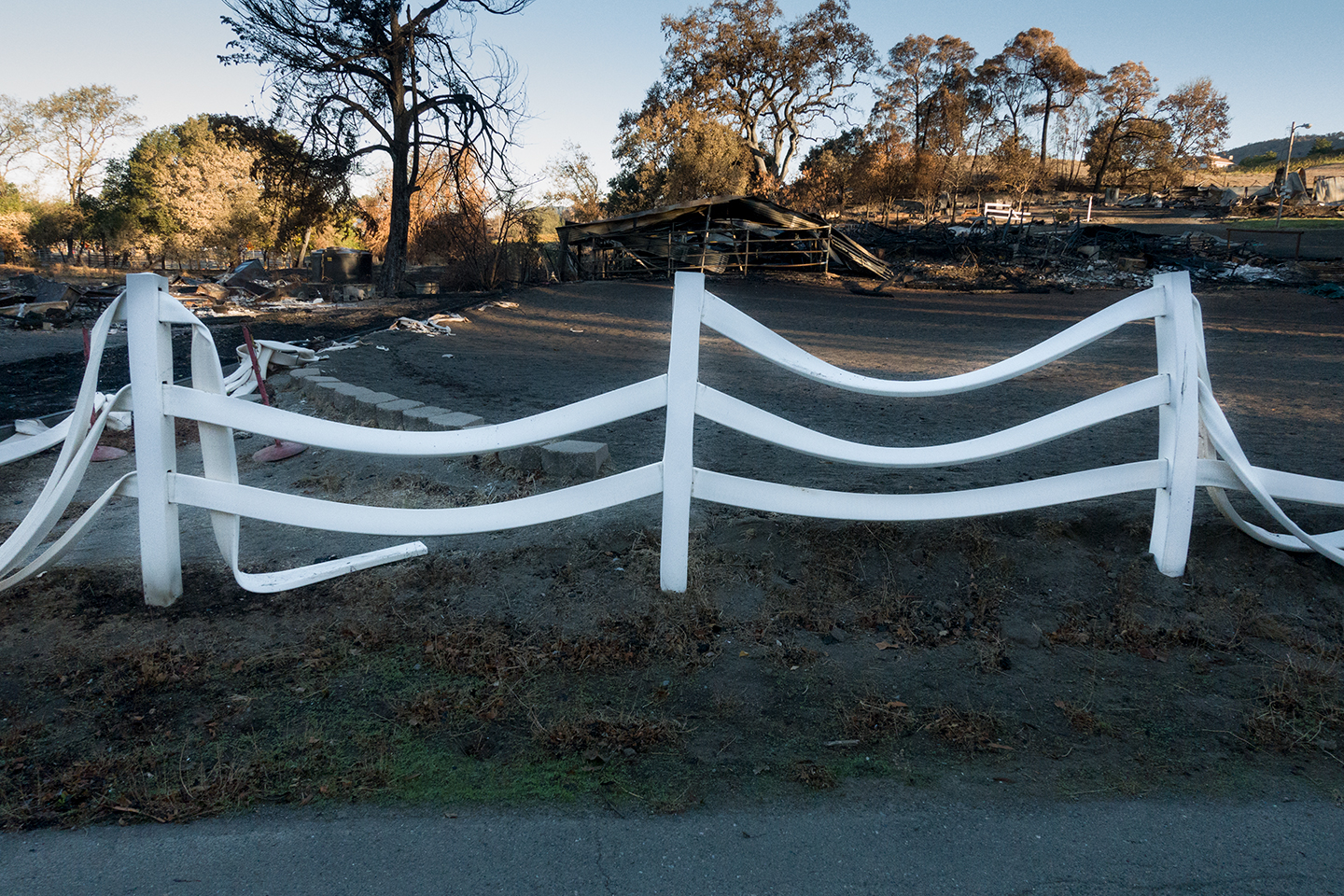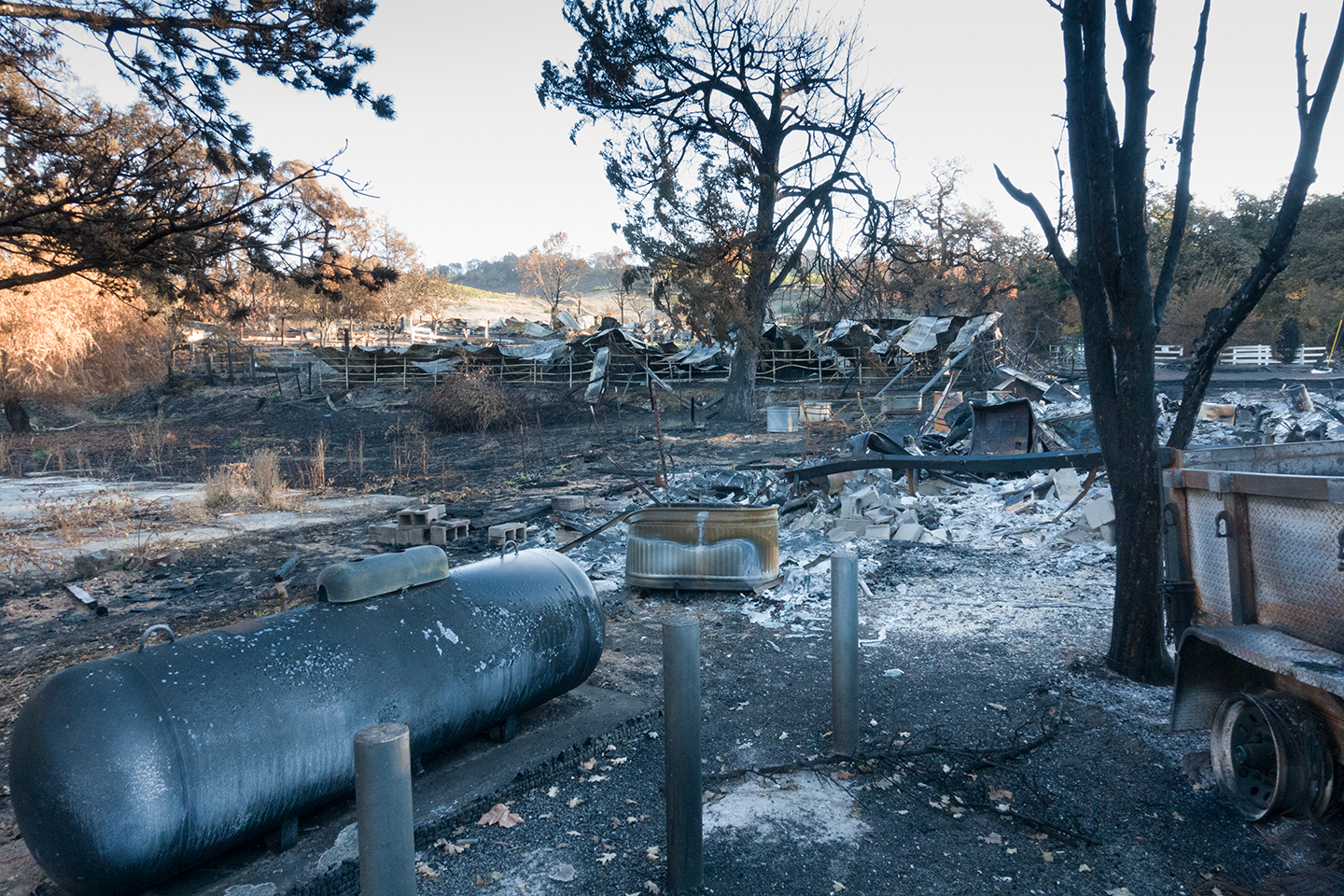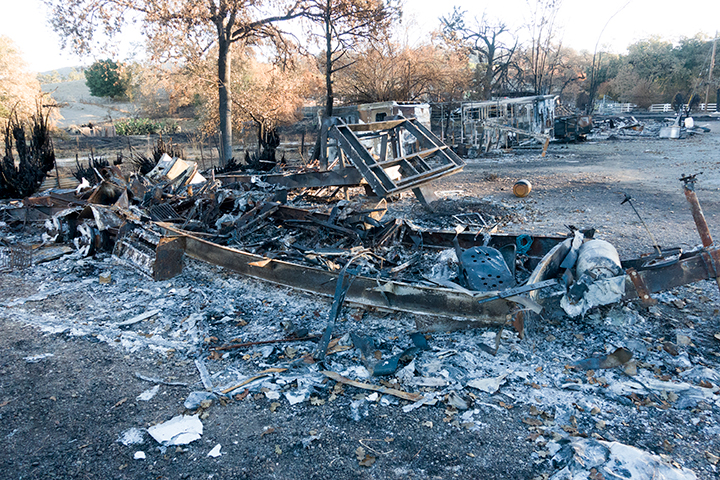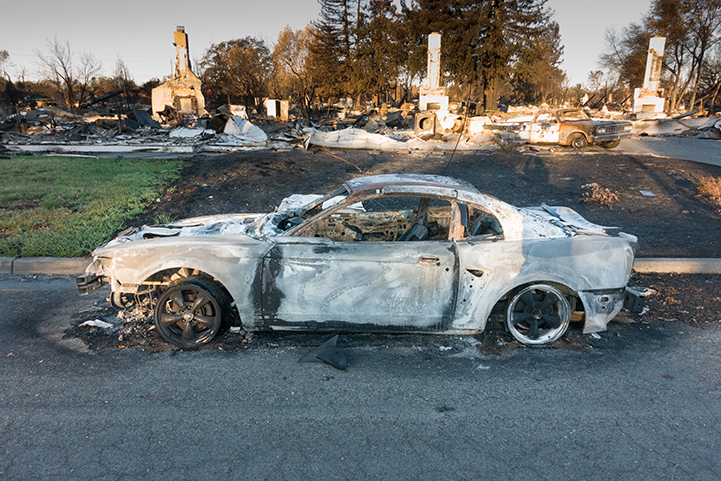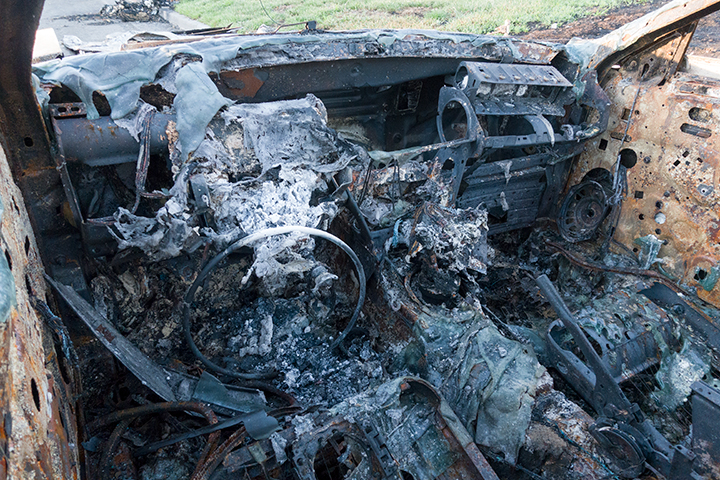They were both very good people, although I only worked for Father Finn. A number of Ursuline students took classes at Cardinal Newman (and vice-versa), as the two schools shared common grounds. Sister Francis, as I knew her, was a kind and loving administrator.
When I posted the photo today I wanted to note when Father Finn died. I remember his funeral (and Bernie Ward's cell phone going off as the casket was wheeled down the aisle at St. Eugene's Cathedral), but I couldn't remember the year. When I googled "Father Willam Finn Santa Rosa" an article from the San Francisco Chronicle popped up, and I learned more from that article than I had ever known.
I left my teaching position in 1980. By 1981 the truth that at least two priests in the Diocese had molested Cardinal Newman students became known. When the molestations were brought to Father Finn's attention he went to see Bishop Hurley. From the article in the Chronicle:
"The Roman Catholic priest who blew the whistle on two fellow priests in Sonoma County says he has become a sort of ecclesiastical outcast, unable to function as a priest and denied a clergy job in his native Santa Rosa community. "All I did was the right thing—to defend young people. And it came back to haunt me. If that's the price, so be it. I sleep well at night."
Bishop Hurley promised to investigate but did nothing. A lawsuit accused the church of sheltering the two priests by transferring them to new parishes after learning of their alleged sexual abuse. And Finn? He worked as a resort chef in Washington, as a pastor in Juneau, for a home warranty company, then ran a Santa Rosa restaurant.
There may be other reasons, Finn acknowledged, but "I was turned down at least partly due to the fact that I had spoken publicly about the alleged molestations. I am far from a perfected human being. I am not pushing myself as a saint, but I have never harmed anyone."
I'm not bitter. My love for the church and desire to serve remain as constant as ever. I'd like to do whatever I can to help the church address these problems."
He died shortly thereafter. When the article was written, however, Hurley had retired, and "has not been available for comment."
Ah, Bishop Hurley. The year was 1978, and on November 18th of that year Jim Jones and over 900 of the residents of Jonestown died in Guyana. Nine days later Supervisor Dan White assassinated San Francisco Mayor George Moscone and Supervisor Harvey Milk. All this about a month before Christmas.
At this time Jadyne had a college friend, a very bright scholarly man named Michael Galligan. Coincidentally, Michael not only became a Catholic priest, but he joined the Santa Rosa Diocese. We had him over for dinner occasionally and enjoyed his conversation. Michael was in charge of the Diocesan newsletter, and he was responsible for an issue that would come out after Christmas. Knowing that I was an amateur photographer and musician he asked two favors: that I accompany the choir on guitar, and second, that I photograph Bishop Hurley delivering his homily during the Midnight Mass Christmas Eve.
I agreed and picked up the sheet music from the choir and learned the music during choir rehearsals. It wasn't particularly difficult, but totally apropos for voices and an acoustic guitar. After the Christmas Eve hymn I returned to the pew where Jadyne, her mother Alyce, and my camera bag full of Nikon cameras and lenses were taking in the solemnity and joy of a Christmas Eve church celebration.
I had loaded my Nikon F2 with Tri-X 400 ASA film before the service and had measured the light carefully so I wouldn't have to fiddle when the Bishop began to speak. As he did, I stood up, camera at the ready, my 135mm Nikkor F2.8 lens in hand, and as I focussed on Bishop Hurley, he stopped and turned to me and said, "Go on, take your picture." Standing before 3000 Christmas Eve parishioners, many of whom were my students and their parents, I said, "I'm sorry, Bishop, but I was asked to take your photograph for the newsletter." Ignoring my apology, he turned to those assembled and said, (and I quote, as I remember so well), "He bothers you far more than he bothers me." I snapped off two or three images, sat down, and tried to remain calm as the flow of blood left all other parts of my body and began a headlong rush to the top of my scalp. To say I was embarrassed or humiliated would have understated how bad I felt, and this at a Christmas Eve Midnight Mass.
When the service ended I went back to the choir stall and discovered that someone had gouged the soundboard of my 1966 Martin D-28, and at the time the damage didn't mean much to me. We climbed in our 1974 yellow Volvo 145, fastened our seat belts, and set off for Dutton Avenue. To say that this was the most unhappy Christmas I had ever spent would be an understatement. I was doing a double favor for Fr. Michael Galligan, accompanying the choir and photographing the Bishop. My precious guitar was damaged. I was unspeakably humiliated before my students and their parents in front of over three thousand people. And I had to develop the film and send him some images.
I waited for an apology from Fr. Michael Galligan, who, I assumed would also request that Bishop Hurley call and apologize to me, too. It wasn't to happen. I called Bishop Hurley and demanded as kindly as I could that he apologize to me. "Oh, he said, I was distracted by the Jonestown deaths ad the killings in San Francisco." "Distracted? You embarrassed me before everyone I have come to know in the four years since I moved to Santa Rosa, and you have an excuse?" As far as Fr. Galligan went we gladly excised him from our lives.
Months later as the Cardinal Newman seniors prepared to march for graduation, as a faculty member I was to march in with other teachers, priests, and brothers. As fate would have it, we walked in two by two, and my marching partner was Bishop Hurley. He had no idea who I was, had never seen me before, and we left it at that. This man who destroyed others' lives, this "man of God" who through his indifference about molestation in the priesthood, was personally responsible for the downfall of a really good person. Father Finn said, "I am not pushing myself as a saint, but I have never harmed anyone." He harmed no one, but Bishop Hurley did—Father Finn, innocent students, the parishioners, (me) and so many others.
In the movie Spotlight, the film about the molestations in Boston, the credits at the end of the film list other cities where known molestations occurred. I wasn't at all surprised to see "The Diocese of Santa Rosa" listed. I've known priests who were involved in those molestations, and I'm still in touch with a number of the victims, who are now in their mid-fifties. One student, not a victim, who was aware of the molestations asked me on Facebook, "Mr. B, why didn't you do anything?" I answered, "I didn't know."













